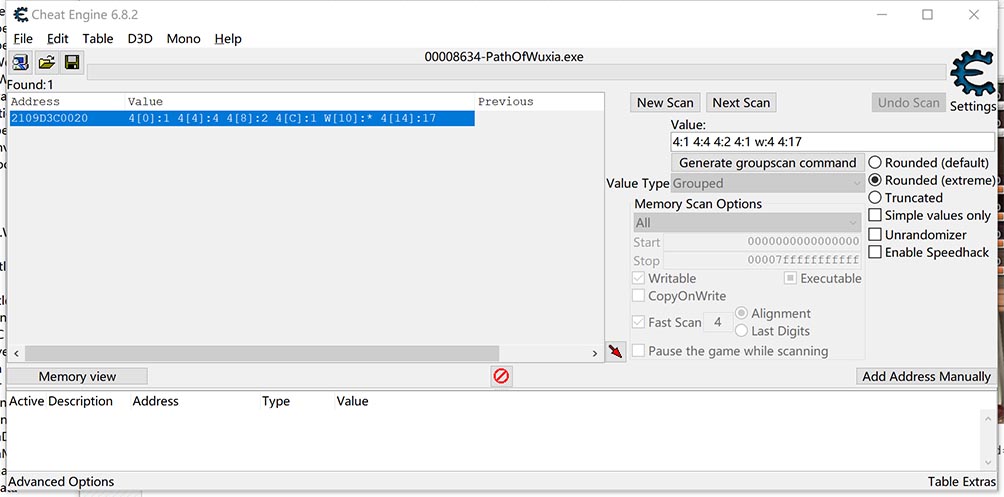

Text / String A string of text characters (any length). Double - QWORD Double precision floating point. Float - DWORD Single precision floating point. ZWORD 64 Bytes (512 bits).īit Unsigned integer. Byte A group bits (usually eight), operated on as a unit. Value sizes īit A binary digit, the smallest unit of data in a computer's memory. But the floating point representation is by far the most common way of representing an approximation of real numbers in a computer's memory, but there are both single and double precision floating points. Now there are other ways of representing a fractional numbers like fixed point, binary coded decimal, or logarithmic number systems. It uses an approximation so as to support a trade-off between range and precision. In memory there are no fractions nor decimal points, but a floating decimal point system was setup.

In memory there is no direct way to represent a negative number, this is done in varying ways to simplify the arithmetic.Īn unsigned byte (not allowing negative numbers) can hold 0 to 255, while a signed byte (allowing negative numbers) can hold -128 to 127.
Tale of wuxia cheat engine value type 64 Bit#
So even though the natural unit for a 32 bit processor is 4 bytes and 8 for a 64 bit processor a WORD is always 2 bytes and a DWORD (double word) is always 4 bytes.

When computers used 8 bit processors a WORD was 1 byte, when they were 16 bit a WORD was 2 bytes, however computers starting becoming really popular around the time of 32 bit processors and for maximum compatibility assemblers stopped using that definition and just stuck with a WORD being 2 bytes. And that's the definition that was used for assembly initially as well. "In computing, a word is the natural unit of data used by a particular processor design". You'll very often come across size names like WORD and DWORD. So bytes are like the base data units, and we can store any ASCII character in a byte. Note: Hexadecimal is just a base 16 number system, decimal is a base 10, and binary is a base 2. Now you will tend to hear that all values are stored in hexadecimal format, but really it's that all computers will convert the stored binary to hexadecimal when displaying the data. Side note: ASCII was based on telegraph code, and started out as a 7 bit system. Note: Unicode was introduced to handle multiple languages, and is based on ASCII.
Tale of wuxia cheat engine value type code#
Since the number of things that you can enter on a computer keyboard is smaller than 256 (including all key stoke pairs, like shift or control plus another key), a code for a key stoke is represented with a code within a byte. This means that a byte can be used to represent any type of value with no more than 2 8 = 256 possible values. Since there are 8 bits in a byte there are 2 8 different possible sequences for one byte, ranging from 00000000 to 11111111.

Since the mid 1960's a byte has been 8 bits in length. Since the English alphabet contains more than two letters, a letter cannot be represented by a bit. A bit is limited to representing two values, since it's a base two. If the switch is closed (on) then the bit is one and if the switch is open (off) then the bit is zero. Bits are implemented in computer hardware using switches.


 0 kommentar(er)
0 kommentar(er)
